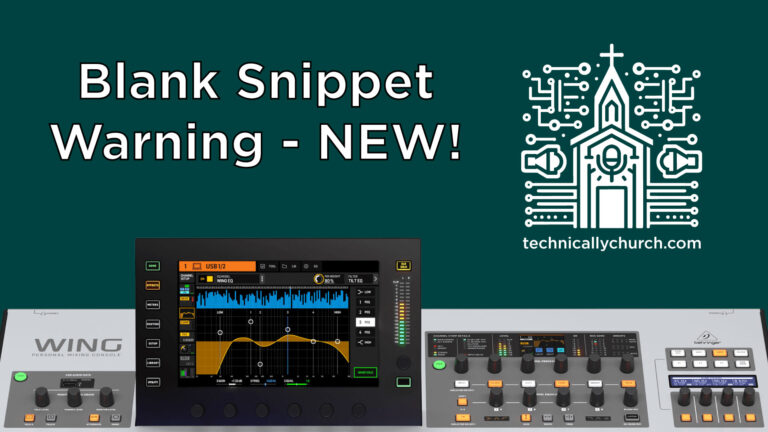Resetting a Source on the Behringer Wing – The Right Way!
On the Behringer Wing, source attributes (name, phantom power, gain, etc.) are stored separately from channel strips. Simply removing a source from a strip doesn’t clear its settings. To fully reset an input, go to Routing > Sources, select the input, and click Initialize to remove all attributes. Always use this feature cautiously.










